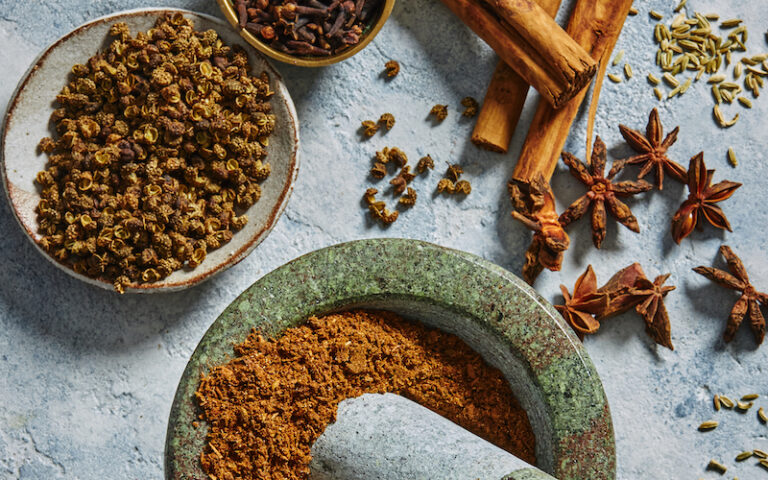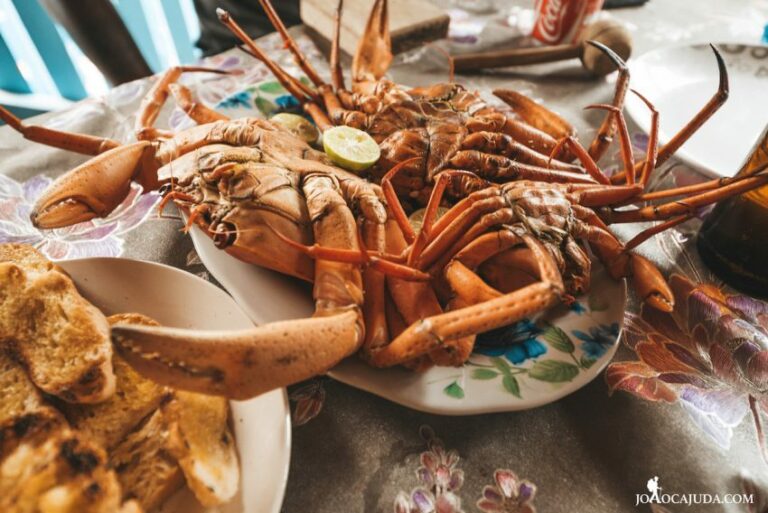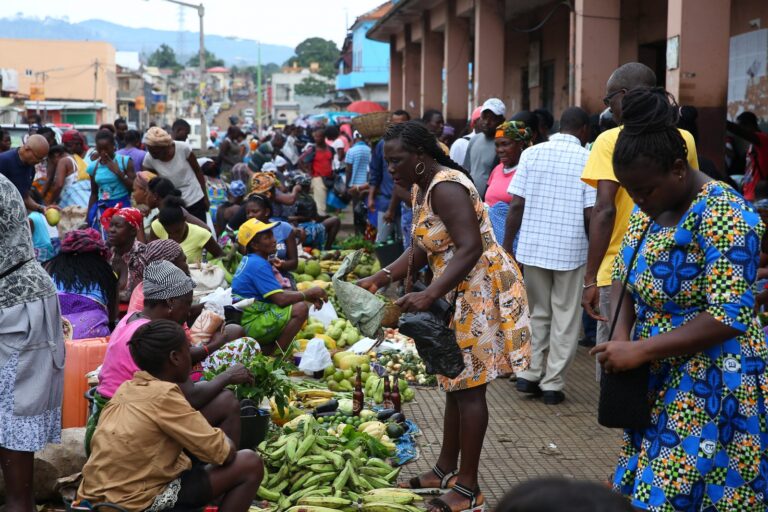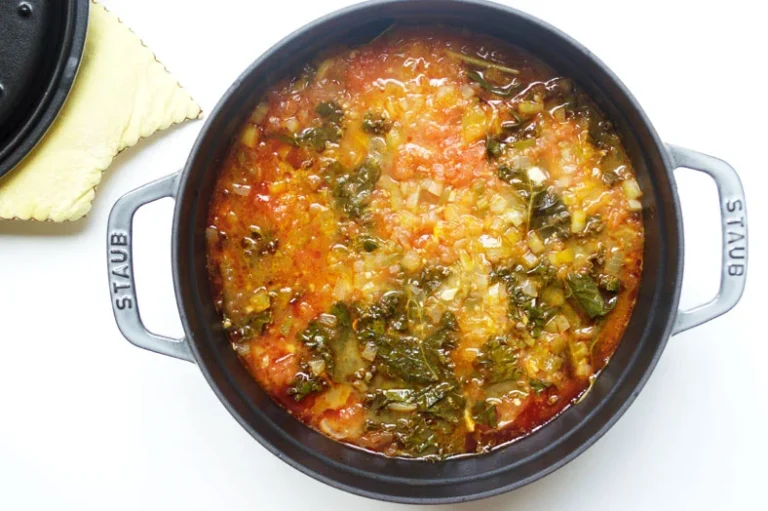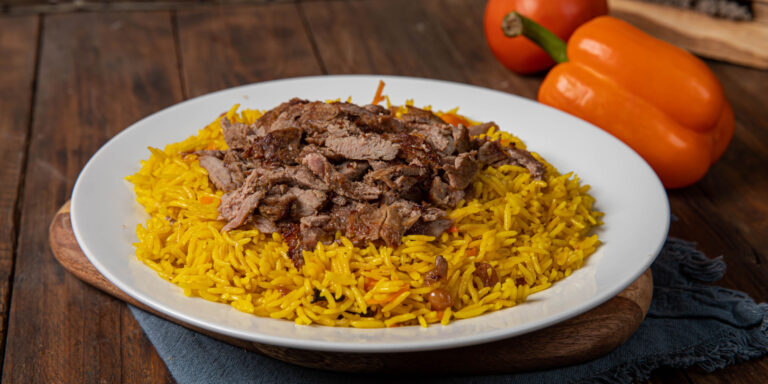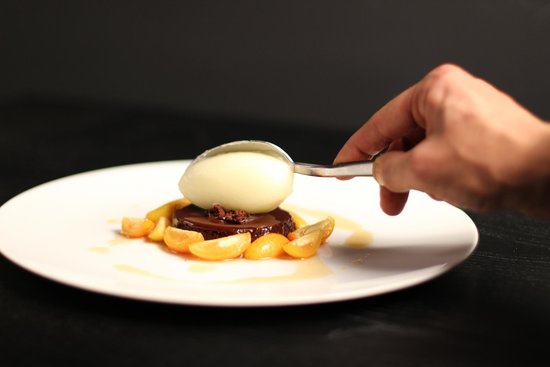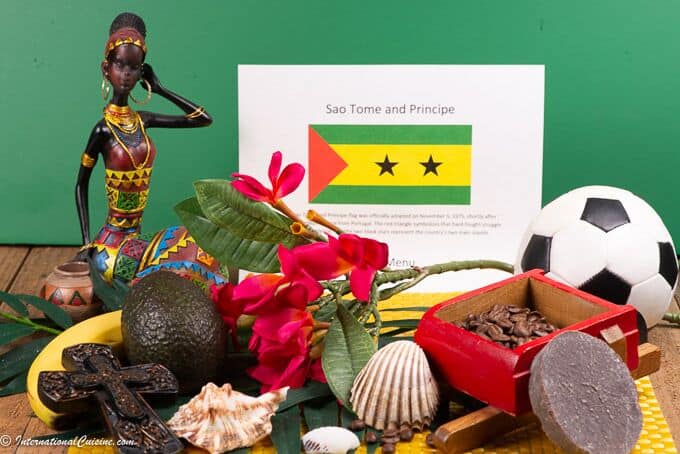Introduction to São Tomé and Príncipe Cuisine
São Tomé and Príncipe is a small island nation located off the coast of West Africa. The country is known for its beautiful beaches and lush rainforests, as well as its unique cuisine. The food of São Tomé and Príncipe is a blend of African, Portuguese, and Brazilian influences, resulting in a diverse and flavorful cuisine.
The cuisine of São Tomé and Príncipe is characterized by its fresh seafood, tropical fruits, and bold spices and herbs. From piri-piri to coriander, the spices and herbs used in São Tomé and Príncipe cooking add depth and complexity to every dish.
Overview of Common Spices and Herbs
São Tomé and Príncipe cuisine relies heavily on spices and herbs to enhance the natural flavors of the ingredients. Some of the most commonly used spices and herbs in this cuisine include garlic, onion, ginger, paprika, and turmeric. These spices and herbs are used in a variety of dishes, from stews and soups to grilled or fried fish.
Pimenta or Piri-Piri: A Spicy Staple
Pimenta, also known as piri-piri, is a small, fiery chili pepper that is a staple in São Tomé and Príncipe cuisine. This pepper is used to add heat to dishes such as fish stews, and is often used to make a popular condiment known as piri-piri sauce. This sauce is made by blending pimenta peppers with oil, lemon juice, garlic, and other spices and herbs, and is used as a topping for grilled meats and fish.
Using Saffron and Cinnamon in Savory Dishes
Saffron and cinnamon are two spices that are often used in savory dishes in São Tomé and Príncipe. Saffron, which comes from the crocus flower, is used to add a warm, earthy flavor to dishes such as rice and fish stews. Cinnamon, on the other hand, is used to add a sweet and spicy flavor to dishes such as meat stews and curries.
Discovering the Rich Aromas of Bay Leaves
Bay leaves are another common herb used in São Tomé and Príncipe cooking. This herb has a rich, aromatic flavor and is often used to add depth to stews and soups. Bay leaves can also be used to flavor steamed rice or to add flavor to grilled fish or meat.
Bringing Dishes to Life with Fresh Coriander
Fresh coriander, also known as cilantro, is a popular herb used in São Tomé and Príncipe cuisine. This herb has a bright, citrusy flavor and is often used to add freshness to dishes such as fish stews and salads. Fresh coriander can also be used as a garnish for grilled meats and fish, adding a pop of color and flavor to the dish.

